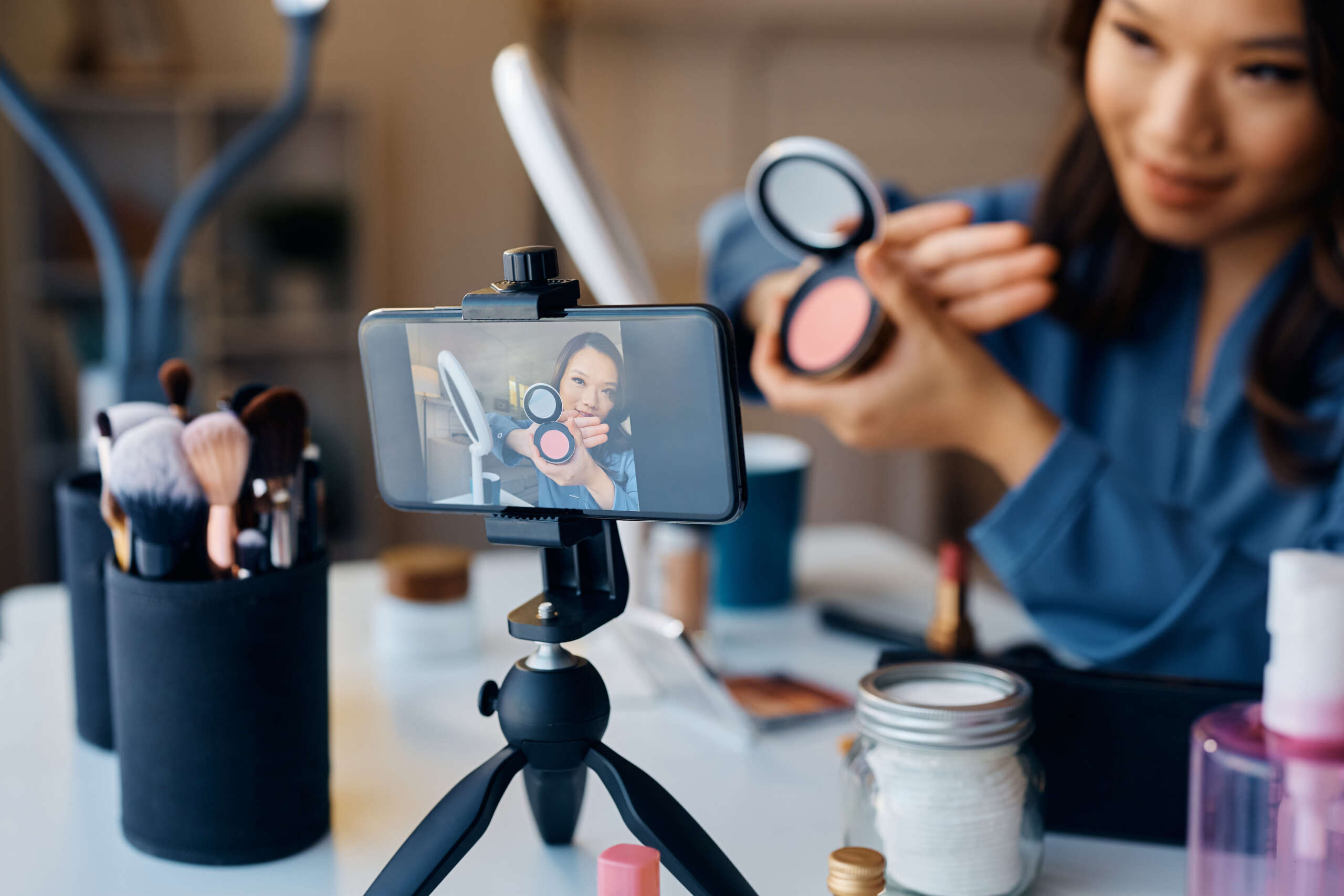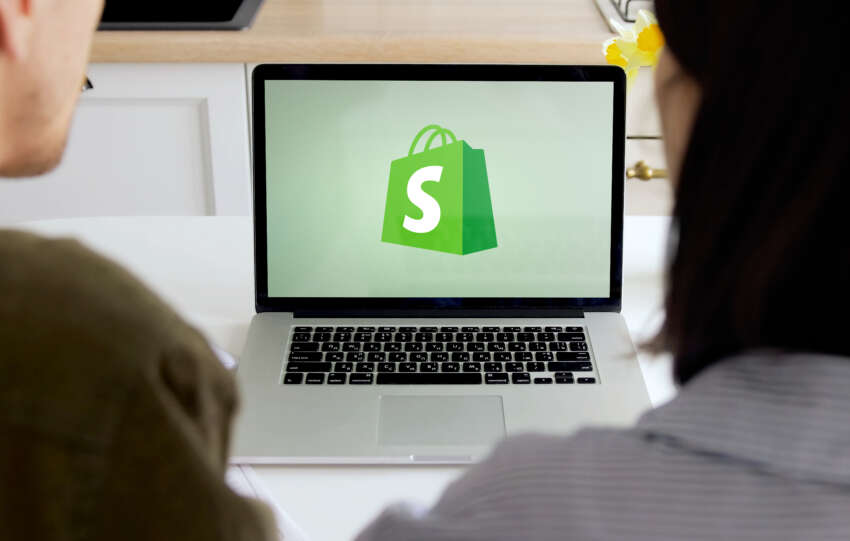From Zero to Viral: How Social Proof Drives Conversions Like Nothing Else

Disclaimer: This content is for educational and informational purposes only and should not be taken as financial advice. We are not financial advisors, and the strategies or tools mentioned may not be suitable for every individual or business. Always do your own research and consider consulting with a qualified financial professional before making any financial decisions.
You’ve seen it happen. Someone posts a product review, and suddenly everyone wants it. A restaurant gets packed because there’s always a line outside. People buy things they weren’t even considering five minutes ago because 50,000 others have already done so.
This is social proof at work, and it’s one of the most powerful conversion tools you’ll ever use. Research consistently shows that social proof directly increases purchase likelihood by validating trust and reducing uncertainty. In a space crowded with options, that kind of influence matters.
When people see others taking action, they feel safer doing the same. It removes doubt, builds trust, and pushes hesitant visitors toward the buy button.
Whether you’re running a small online shop or managing a growing brand, knowing how to leverage social proof can transform your conversion rates. Let’s break down exactly how to use it effectively.
Customer Reviews Beat Every Other Marketing Tactic
92% of consumers worldwide trust recommendations from people who’ve already bought your product over any ad you could create. That’s a massive number, and it means that your existing customers hold more persuasive power than your entire marketing budget.
Reviews do the job because they’re honest. People expect ads to exaggerate. They know you’ll highlight the good and hide the bad. But reviews come from real buyers with real experiences. That authenticity cuts through skepticism faster than any polished campaign.
To leverage reviews correctly, follow these steps:
- Make them visible and accessible. Don’t bury testimonials on a separate page nobody visits. Place them where shoppers make decisions, such as product pages, checkout screens, and landing pages.
- Show star ratings prominently and include detailed reviews that mention specific benefits or use cases.
- Encourage customers to leave feedback by sending follow-up emails after purchase.
- Make the process simple with direct links and clear instructions.
- Respond to reviews, both positive and negative, to show you’re engaged and care about customer satisfaction.
- Negative reviews aren’t your enemy. They add credibility. A perfect 5-star rating across the board can actually trigger suspicion.
Here’s an example from a company that aces this approach:
Socialplug is a marketplace where people buy services to boost their social media engagement. They display unfiltered customer testimonials right on their homepage, where visitors land first.
These aren’t cherry-picked quotes designed to sound perfect. They’re genuine reactions from real users sharing what worked for them.
Source: socialplug.io
This approach builds immediate trust because new visitors see proof that others have used the service successfully. It answers the critical question every potential customer asks: “Will this actually work for me?” before they even have to wonder.
Video Testimonials Deliver Trust Faster Than Text Ever Could
Video testimonials outperform written reviews because our brains process images much faster than text.
When someone watches a real person talk about your product, they pick up on facial expressions, tone, and body language. These are signals that build trust in ways words on a screen simply can’t match.
A written testimonial can be fabricated, while a video is much harder to fake. Viewers see genuine emotion and hear authentic enthusiasm, which makes the endorsement feel real. That emotional connection translates directly into higher conversion rates because people buy from brands they trust.
To create effective video testimonials, follow these steps:
- Keep them short. Between 30 and 90 seconds works best.
- Ask customers specific questions that prompt detailed answers about their experience, the problem they faced, and the results they achieved.
- Don’t script responses. Authenticity matters more than polish, so rough edges are fine as long as the message is clear.
- Place these videos strategically. Embed them on landing pages, product pages, and even in email campaigns.
- Add captions so people can watch without sound, and include a strong CTA after the video to guide viewers toward the next step.
Uproas, a company that provides premium agency ad accounts for social media platforms, uses video testimonials effectively on their website. They feature a client speaking directly about the results achieved through their service.
The video runs short, but it communicates far more nuance than a written review could. You hear the client’s tone, see their confidence, and feel their satisfaction. That delivery reinforces trust and competence in a way that makes it immediately clear why working with Uproas delivered value.
Source: uproas.io
This type of social proof shows prospects why partnering with your brand makes perfect sense. It turns one authentic voice into a compelling conversion tool.
User-Generated Content Turns Customers Into Advocates
When customers create content featuring your product, they’re doing your marketing for you. People trust that more than anything you’d produce yourself.
User-generated content (UGC) shows real people using what you sell in their actual lives, which removes the corporate filter and makes your brand feel accessible.
UGC works because it’s spontaneous and unscripted. A customer posting a photo of your product on Instagram or sharing their experience on TikTok carries weight because there’s no sales agenda behind it. Their followers see someone they know endorsing something organically, and that peer validation drives purchase decisions faster than traditional advertising.
To encourage and generate UGC, follow these steps:
- Create opportunities for customers to share. Launch branded hashtags and motivate people to tag your company in their posts.
- Run contests or feature customer content on your official channels to incentivize participation.
- Make it easy by providing clear instructions and showing examples of what you’re looking for.
- Reward contributors by resharing their content, offering discounts, or highlighting them in your marketing materials.
- Always ask for permission before using someone’s content, and give proper credit.
- Display UGC on your website, especially on product pages where shoppers are deciding whether to buy.
A perfect example of this is Glossier, a skincare and makeup brand. Their entire marketing strategy is built upon showcasing real customers using their products. Instead of relying solely on professional models, their social media feeds and website are filled with photos and videos from their diverse community.
When a potential customer sees someone who looks like them authentically using a Glossier product, it provides a powerful and relatable reference point.
Source: instagram.com
This strategy transforms their customers into a global network of brand advocates, demonstrating product effectiveness in real-world situations far more convincingly than a traditional ad campaign.
Displaying Numbers Proves You’re the Real Deal
Showing concrete metrics (how many customers you’ve served, products sold, or downloads completed) gives visitors instant proof that others trust you. These numbers work as social validation because they demonstrate scale and popularity, which signals safety to potential buyers.
When people see that 10,000 others have already purchased your product or that 70,000 users rely on your service, their confidence increases. Large numbers suggest you’re doing something right, and they reduce the perceived risk of trying something new.
It’s herd mentality in action, and it’s incredibly effective at pushing hesitant visitors toward conversion.
To leverage your accomplishments properly, follow these steps:
- Display your most impressive numbers prominently.
- Place them above the fold on your homepage, in hero sections, or near CTA buttons.
- Update these figures regularly to keep them current and credible.
- Be specific. “12,850 satisfied customers” sounds more authentic than “thousands of happy clients.”
- Choose metrics that matter to your audience. Ecommerce sites should highlight units sold or customer counts. SaaS companies might showcase active users or hours saved. Service businesses can display completed projects or years in operation.
- Make sure whatever number you share is verifiable and meaningful.
Slack, the workplace communication platform, uses this approach brilliantly on their website. They prominently display how many users they have and how many messages these users send daily, often showing numbers in the millions.
Source: slack.com
They also highlight industry recognition and well-known brands that rely on their platform (OpenAI, Stripe, Paramount, etc.), combining numerical proof with recognizable logos.
Source: slack.com
This dual approach (showing both quantity and quality) reassures new visitors that Slack handles serious business communication at scale. When a startup founder sees that Fortune 500 companies trust Slack with their internal communications, the decision to try it becomes much easier.
Industry Recognition Signal Quality Without Saying Much
Displaying awards and certifications tells visitors you’ve been vetted by third parties who have no stake in your success. These badges act as quality stamps that build trust instantly, especially when potential customers don’t know your brand yet.
Awards represent external validation. Anyone can claim they’re the best, but winning recognition from reputable organizations proves you’ve met specific standards.
This outside perspective carries more weight than self-promotion because it removes bias from the equation.
To use your brand recognition, follow these steps:
- Apply for relevant industry recognition in your niche.
- Find out which awards matter to your target audience. Some carry more prestige than others.
- Focus on certifications and accolades that potential customers will recognize and value.
- Once you win, display these prominently on your website, particularly on your homepage and product pages.
- Create a dedicated section showcasing your awards with official badges or logos.
- Include the award name, issuing organization, and year received.
- Keep this display clean and organized. Too many badges can look cluttered and reduce impact.
- If you’ve won multiple awards, feature the most prestigious ones first.
Helix, a direct-to-consumer mattress company, does this particularly well. They prominently state they’re the most awarded mattress brand while displaying actual award badges from recognized publications and organizations.
Source: helixsleep.com
This approach immediately positions the company as an industry leader before visitors read anything else about their products. When someone shopping for a mattress sees these credentials upfront, they’re more likely to trust that Helix delivers quality.
The awards answer the unspoken question every shopper has: “How do I know this won’t be an expensive mistake?”
Final Thoughts
Social proof isn’t a nice-to-have feature you add when you get around to it. It’s the difference between a visitor who bounces and a customer who buys.
Every tactic we’ve covered addresses the same fundamental need – people want proof that others have gone before them and succeeded.
So, start with what you already have. If customers are happy, ask them to share their experience. If you’ve hit milestones, display them. If experts or publications have recognized your work, show it off. The more honestly and consistently you present these elements, the stronger your message becomes.





